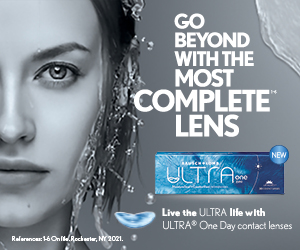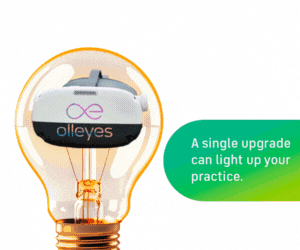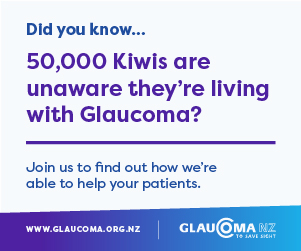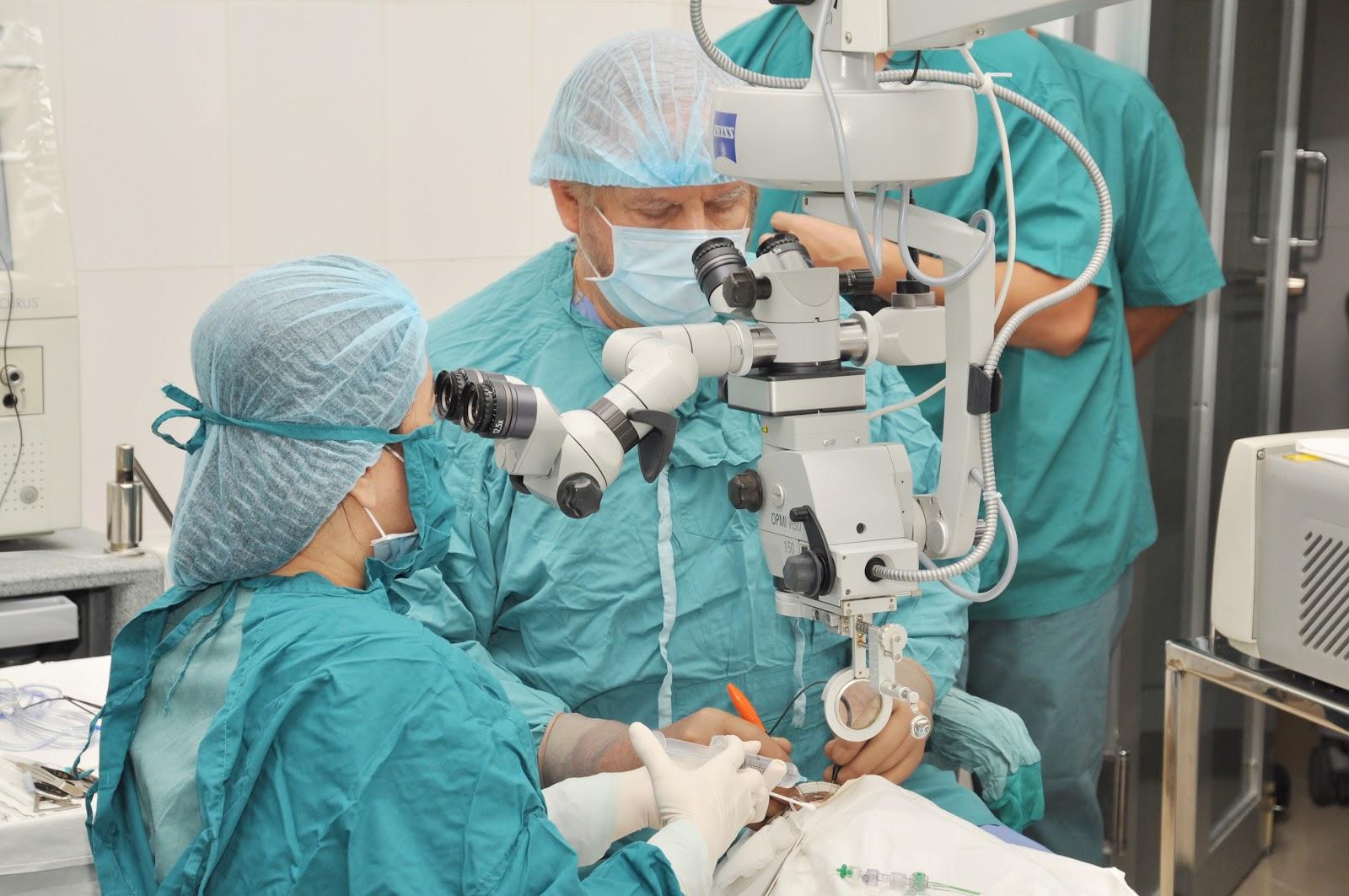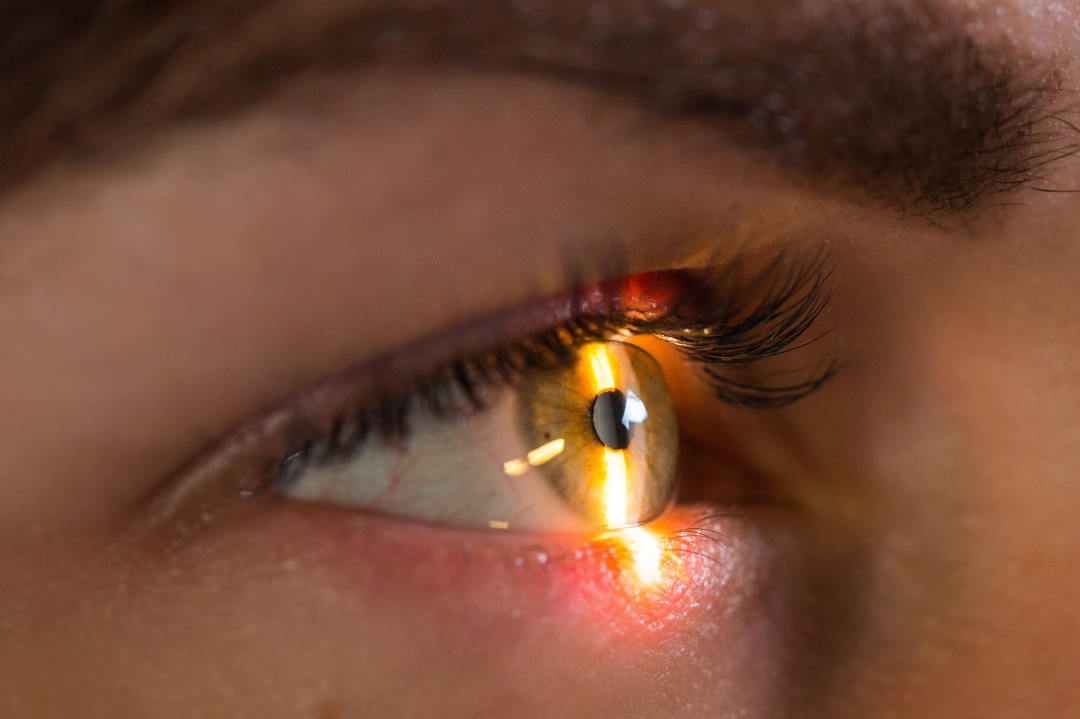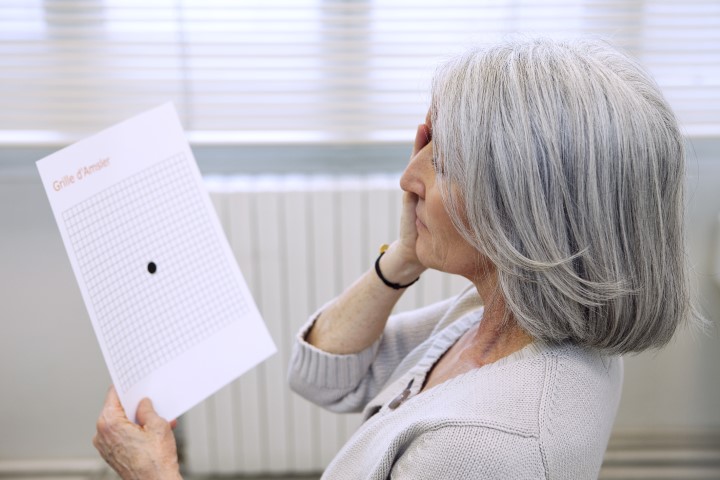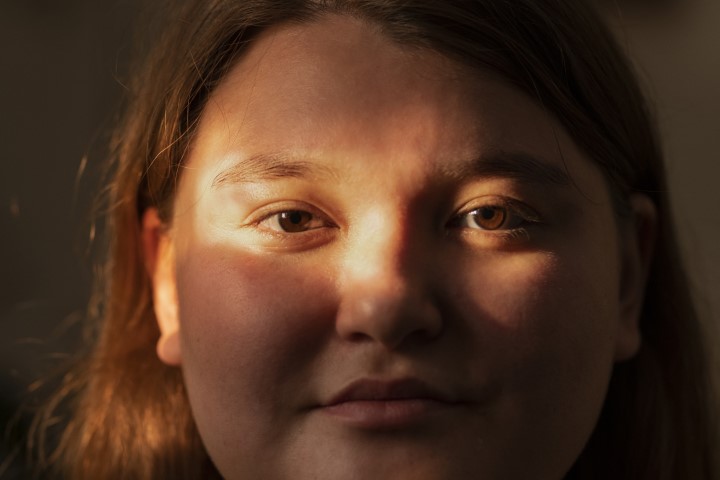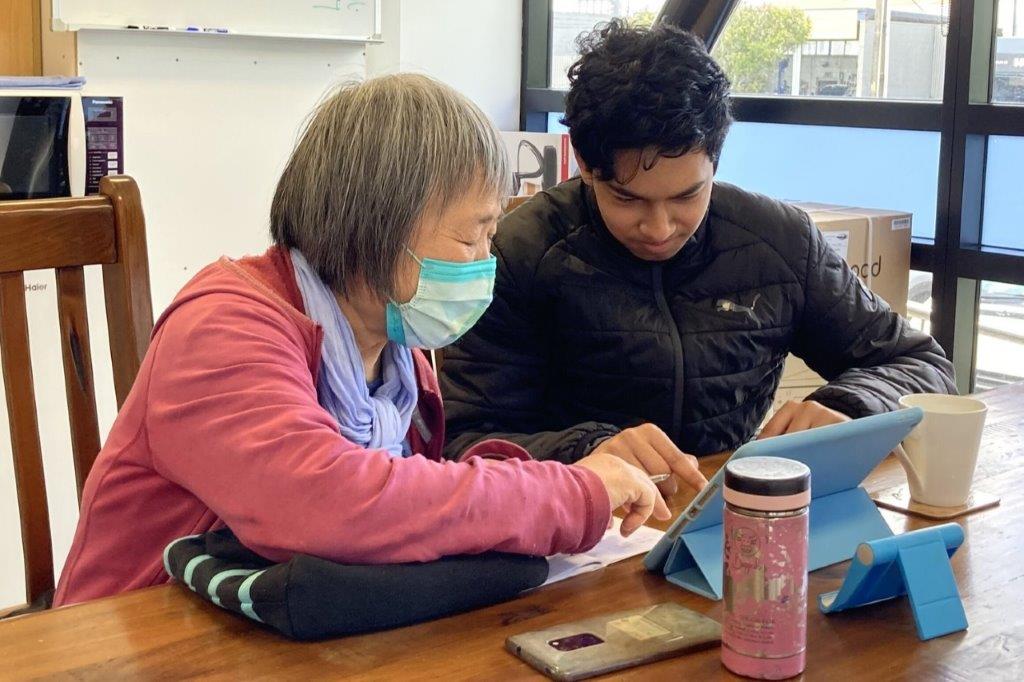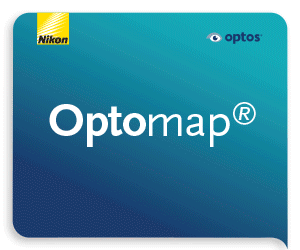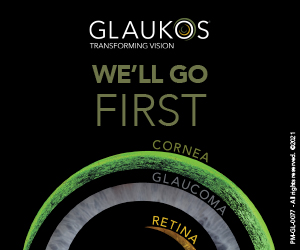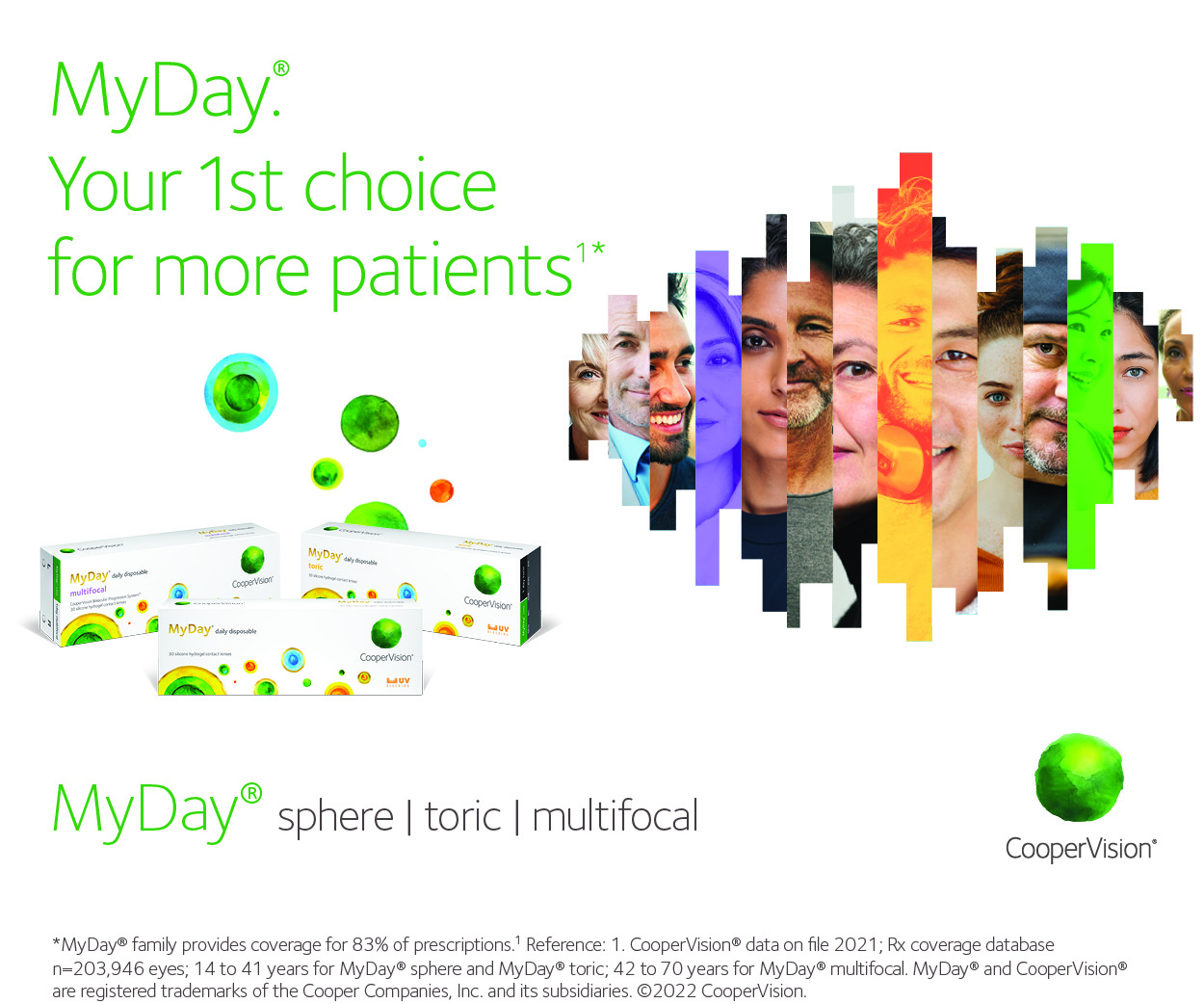PnR: superior visual outcomes
A Canadian analysis supports pneumatic retinopexy (PnR) as a superior retinal reattachment technique compared with pars plana vitrectomy (PPV), in achieving long-term integrity of photoreceptors.
Investigators at St Michael’s Hospital, Toronto, Canada, analysed the findings of their 2012-2017 pneumatic retinopexy versus vitrectomy for the management of primary rhegmatogenous retinal detachment outcomes randomised trial (Pivot). “Our study shows there is a difference in the long-term integrity of the photoreceptors between different surgical techniques, and these anatomic differences were associated with visual outcomes,” said co-principal investigator Dr Rajeev Muni, a vitreoretinal surgeon at St. Michael’s.
In the study, spectral domain-optical coherence tomography at 12 months post-operatively showed that 24% of patients who had undergone PPV displayed ellipsoid zone discontinuity, compared with 7% of PnR patients. External limiting membrane discontinuity was observed in 20% (PPV) vs 6% (PnR) of patients.
“These data provide an objectively determined anatomic basis for the superior functional outcomes seen with pneumatic retinopexy that we have previously reported,” said Dr Roxane Hillier, the trial’s other co-principal investigator.
Although researchers cautioned that while the analysis does not demonstrate a causal relationship, PnR closes the retinal tear while affecting little else, which allows the retina to reattach naturally. Compared with PPV, PnR is also a less invasive and cheaper office-based procedure. “This was previously unknown, and in my opinion will be a game-changer in our field,” said Dr Muni.




